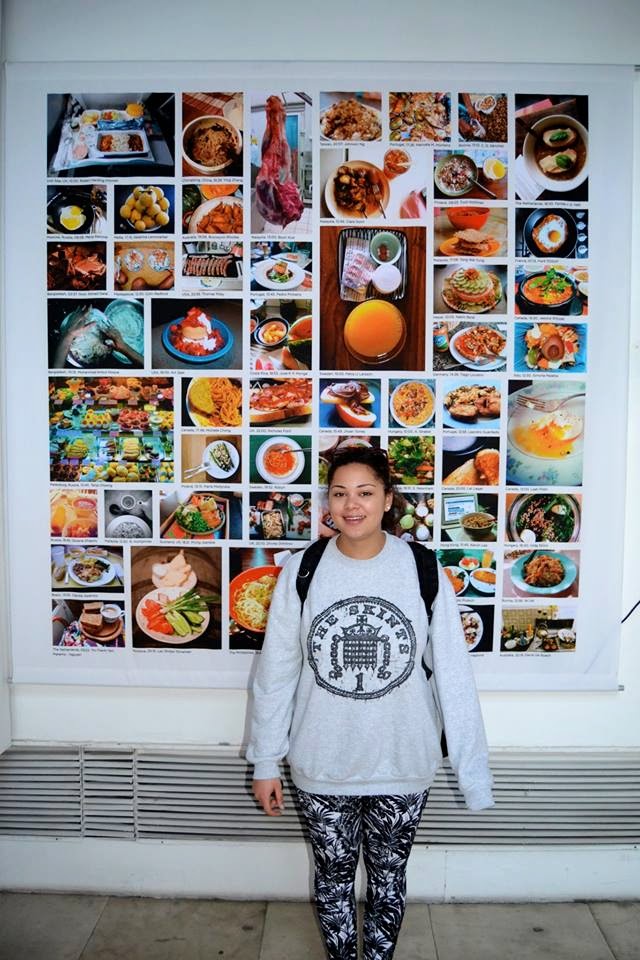Concluding this section of my blogs, I’ve
decided to continue blogging on my travels. But for now, the assessed part of
my blog is finished. (Hooray) I’d like to go back to my questions asked in my
first blog and hopefully I shall have some answers for you all now:
What is the role of the travelling
Gourmand? Are they a voyeur upon cultural culinary traditions or are they ever
able to immerse themselves fully into foreign food?
Is the sharing of food and culture
always a positive act?
Do time and distance improve the quality
and nature of food?
Does authenticity matter in the culinary
voyage?
The role of the traveller is to observe,
learn and respect other cultures, I feel one is able to immerse themselves into
foreign food if they are prepared to learn, this is not to say that personal
interpretation should not play an integral part in this experience. A recipe
should only act as a guideline, the sharing of food catalyses a space for interpretation
and alteration which is why, on the whole with a few exceptions, such as Taco
Bell, I feel positive things come from the sharing of cuisines. Authenticity is
important, but not vital, for the Sarajevans, Cevapici will always have an
indescribable relation for them that others simply will not understand, but
without the duplicity of cultures we may never have discovered the Reggae Roast.
The heterogeneity of cuisine unifies us as a human race, proving that food is
now, and has always been something much vaster than a basic human need…it is a
undeniably an ever-changing, autonomous foundation in cultural history.
Finally, I could not conclude my blog
without making reference to my ambiguous title. Why banana bread? Asides from
the obvious alliteration, banana bread was the first thing I ever learnt to
bake. The recipe belonged to my grandmother on my father’s side. Simple, but
effective the recipe has been ingrained in my brain for a decade to the point
that I could make it with my eyes shut. This recipe has travelled from Montserrat
and I hope to take it with me, wherever I go!
1 Cup Flour
3 bananas (must be browning!)
4 eggs
6 tbsp butter
2 tbsp raw honey
1 cup sugar
¼ tsp salt
1 tsp cinnamon
½ tbsp. baking powder
1tbsp vanilla essence
Pre-heat
your oven to 170oc. Mix the baking powder and flour together in a separate
bowl. Add the rest of the ingredients in another bowl apart from the bananas
(use a wooden spoon) and slowly add the flour and baking powder into the other
ingredients. Once you have removed all the lumps from the mixture add your
bananas by squishing them in your hands. Grease a loaf tin and pop in the oven
for 50 minutes, or until a beautiful golden brown.
Safe travels and happy scoffing!

















